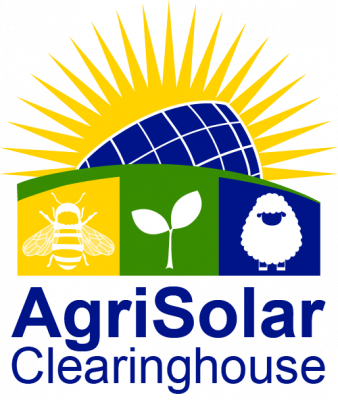Agrisolar Will Continue on Former Australian Coal Plant Site
“The national CEFC and Octopus Australia said earlier this month that their joint venture (JV) is developing a 1.5GW renewable energy hub to help replace Victoria’s soon-to-retire Yallourn coal power plant. The pair said they will jointly develop Blind Creek Solar and Battery Project in Bungendore, New South Wales. The goal of Blind Creek is that it will co-locate renewable energy generation with regenerative agriculture and carbon sequestration. Sheep grazing will continue to take place on the site.” – Energy Storage News
Clean Energy Could see Floating Solar Panels as the Next Big Thing
“Floating solar is still a new way of approaching solar power compared to the land-based panels we’re used to, but it appears to have a lot of potential in areas where land for solar farms is scarce or there is simply an abundance of water. The more solar we install, on the ground, on rooftops or even on the seas, the less we’ll be reliant on fossil fuels.” Popular Science
New England PV Plant Will Study Solar Impact on Biodiversity
“The University of New England’s own 3.2MW solar farm is proving its worth in more ways than one, not only as an independent renewable energy source for the university, but also as the setting of a pilot study to better understand the impact of large-scale solar on biodiversity. The study aims to learn whether solar plants are useful habitats for wildlife and if simple land management strategies during construction could better cater to native species.” – PV Magazine
